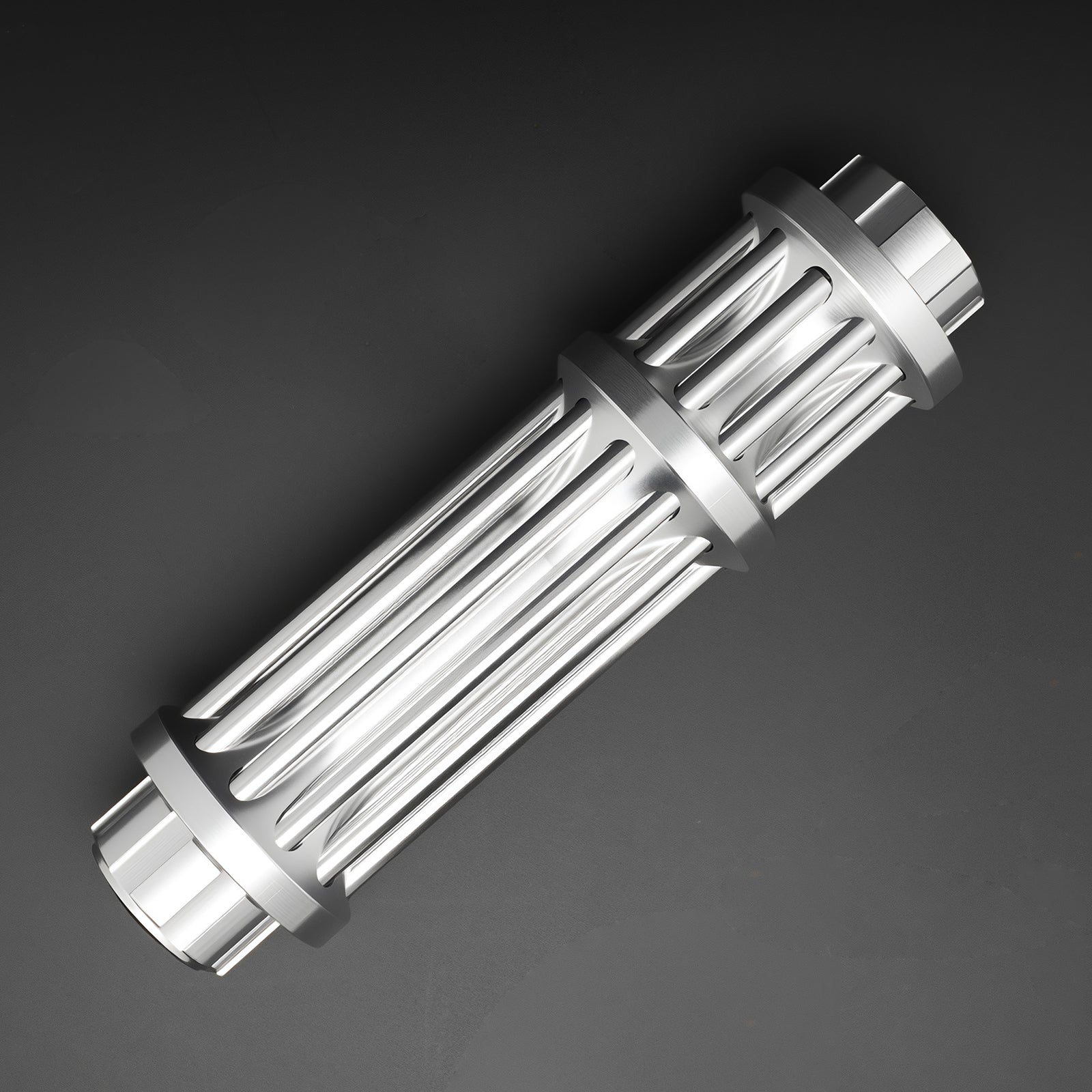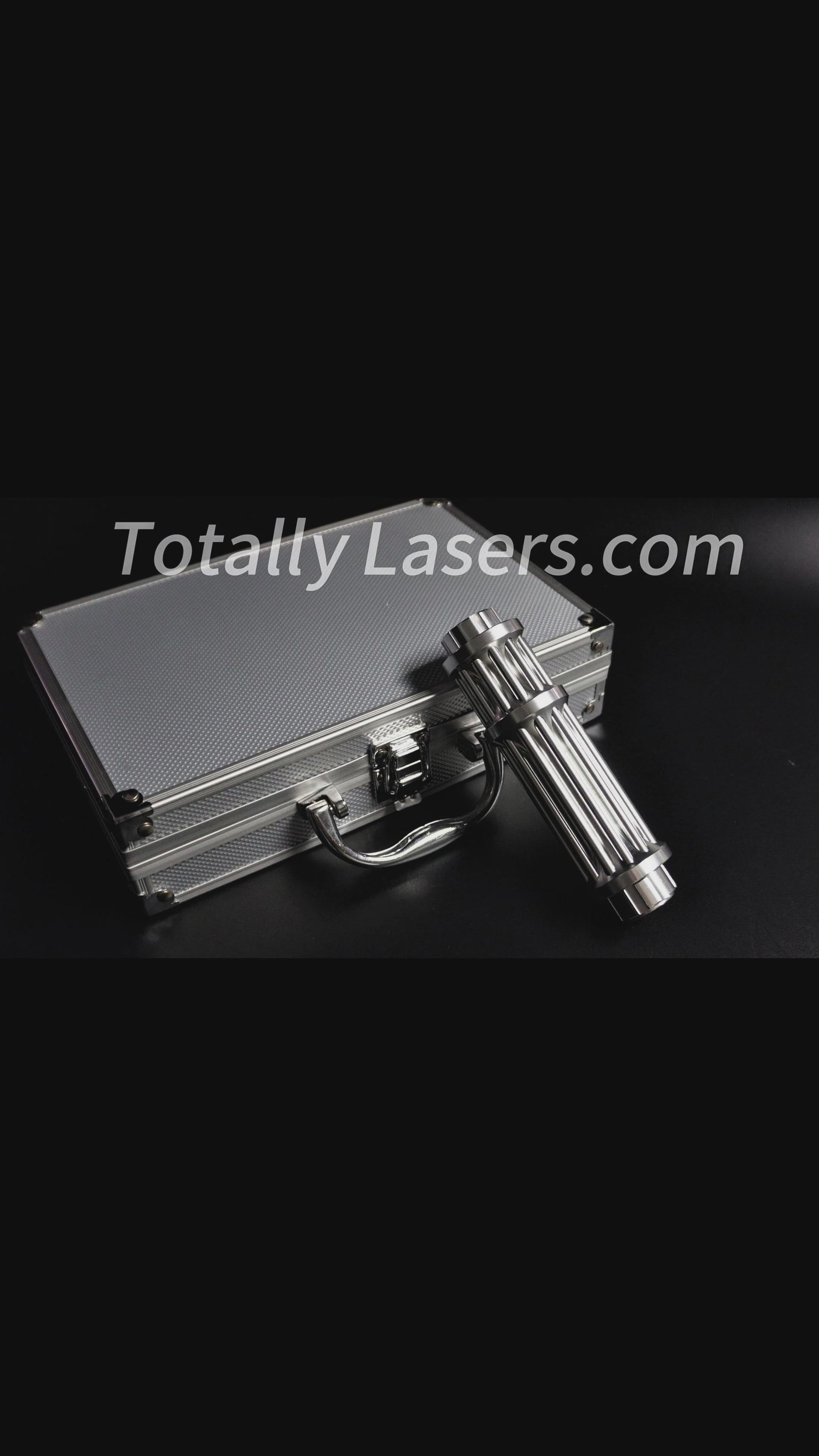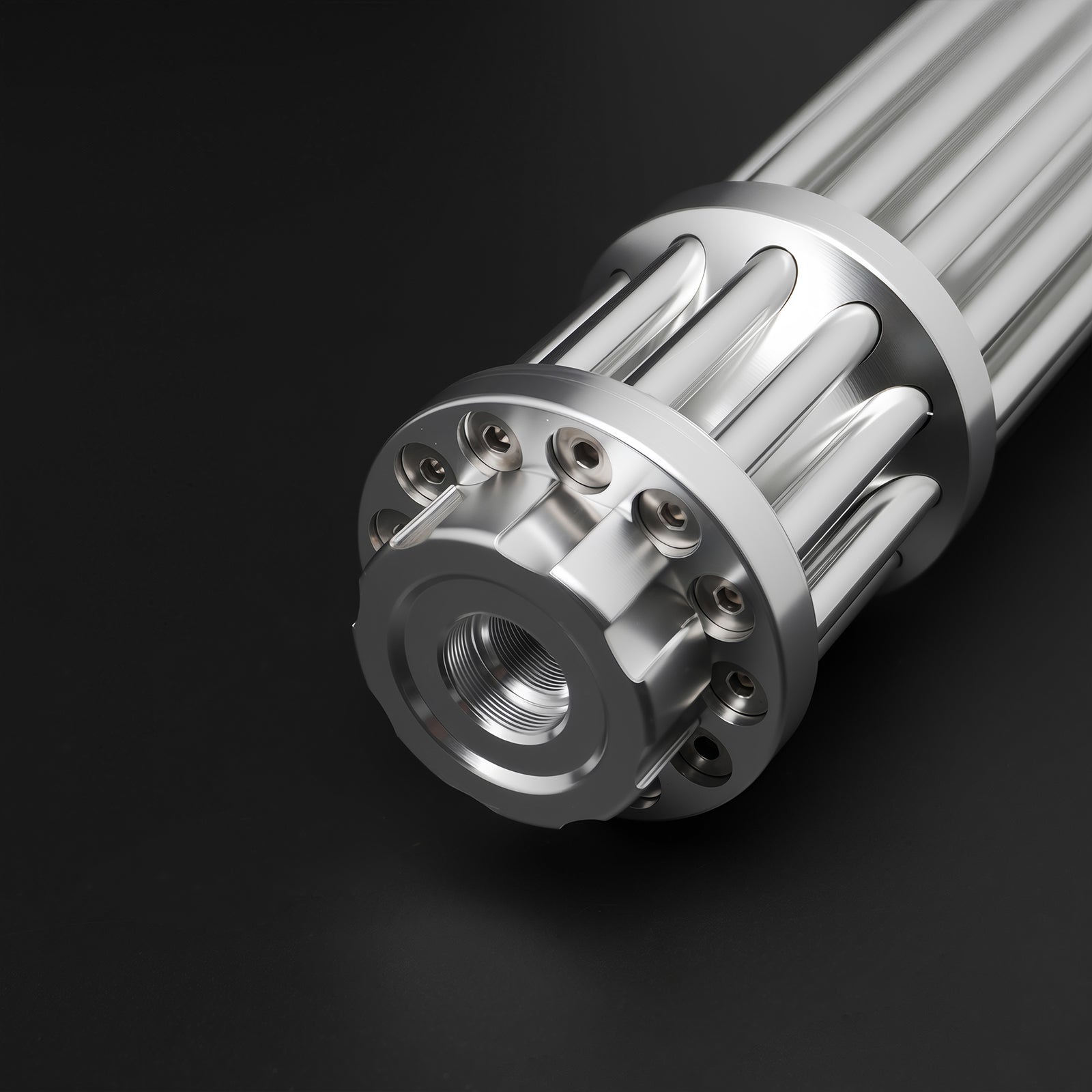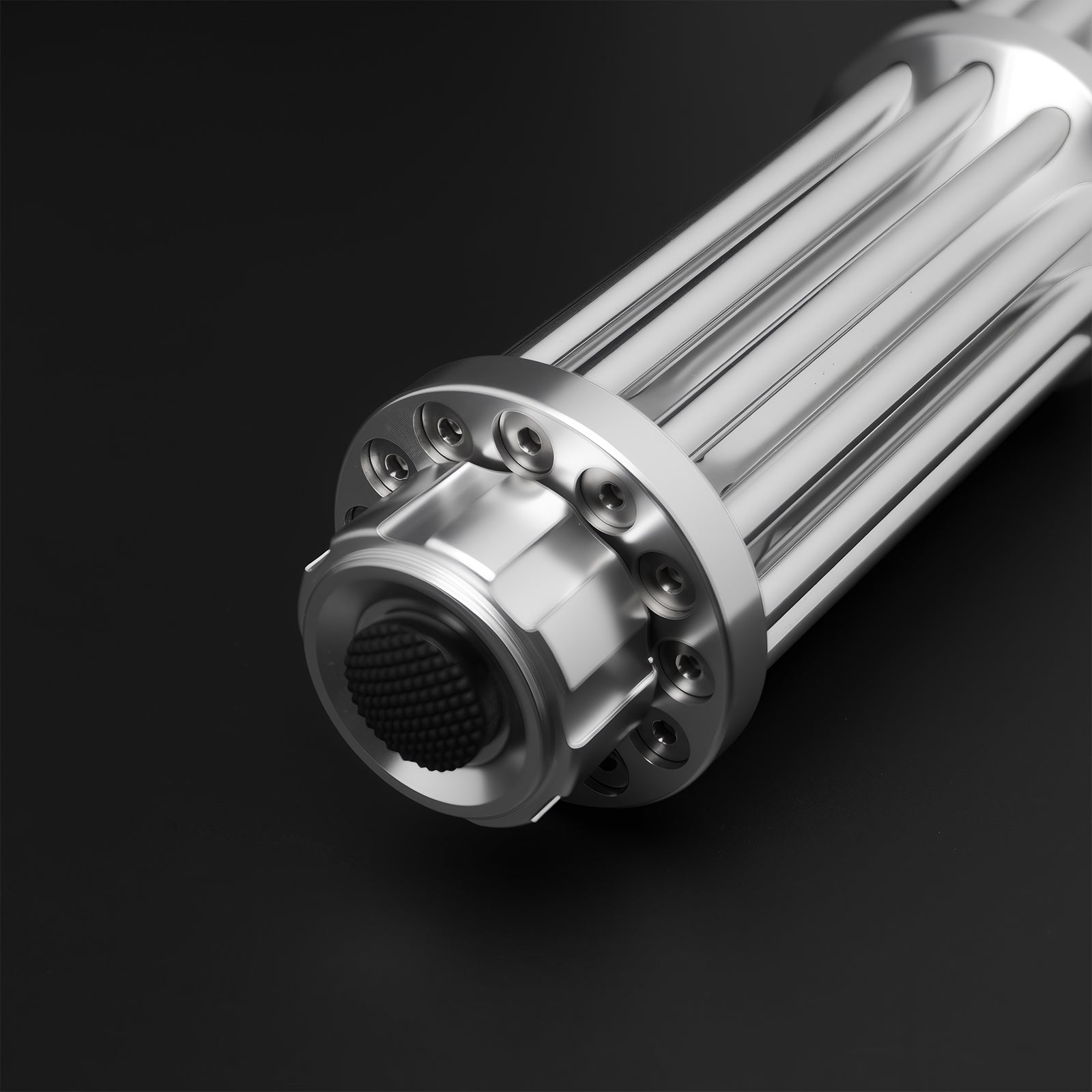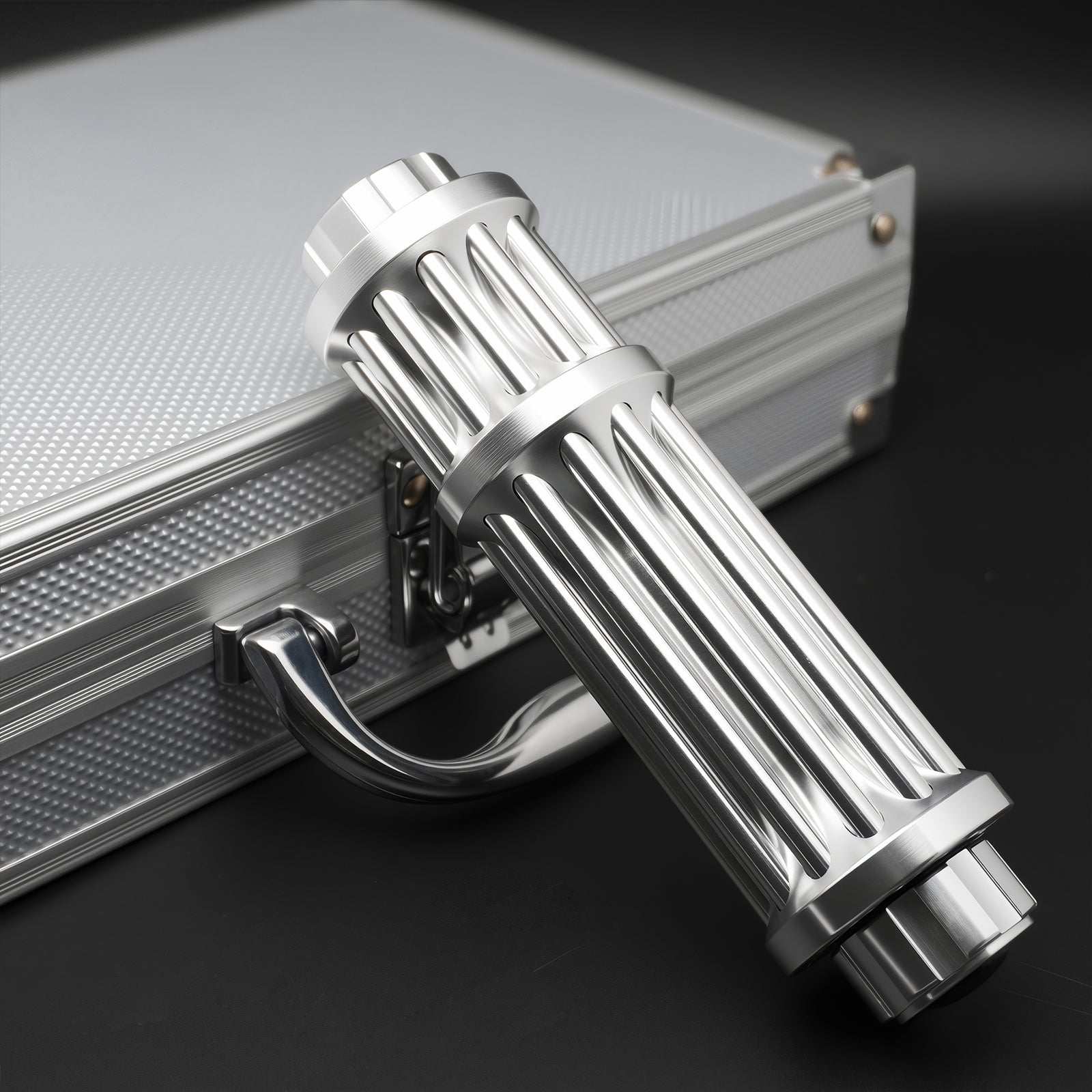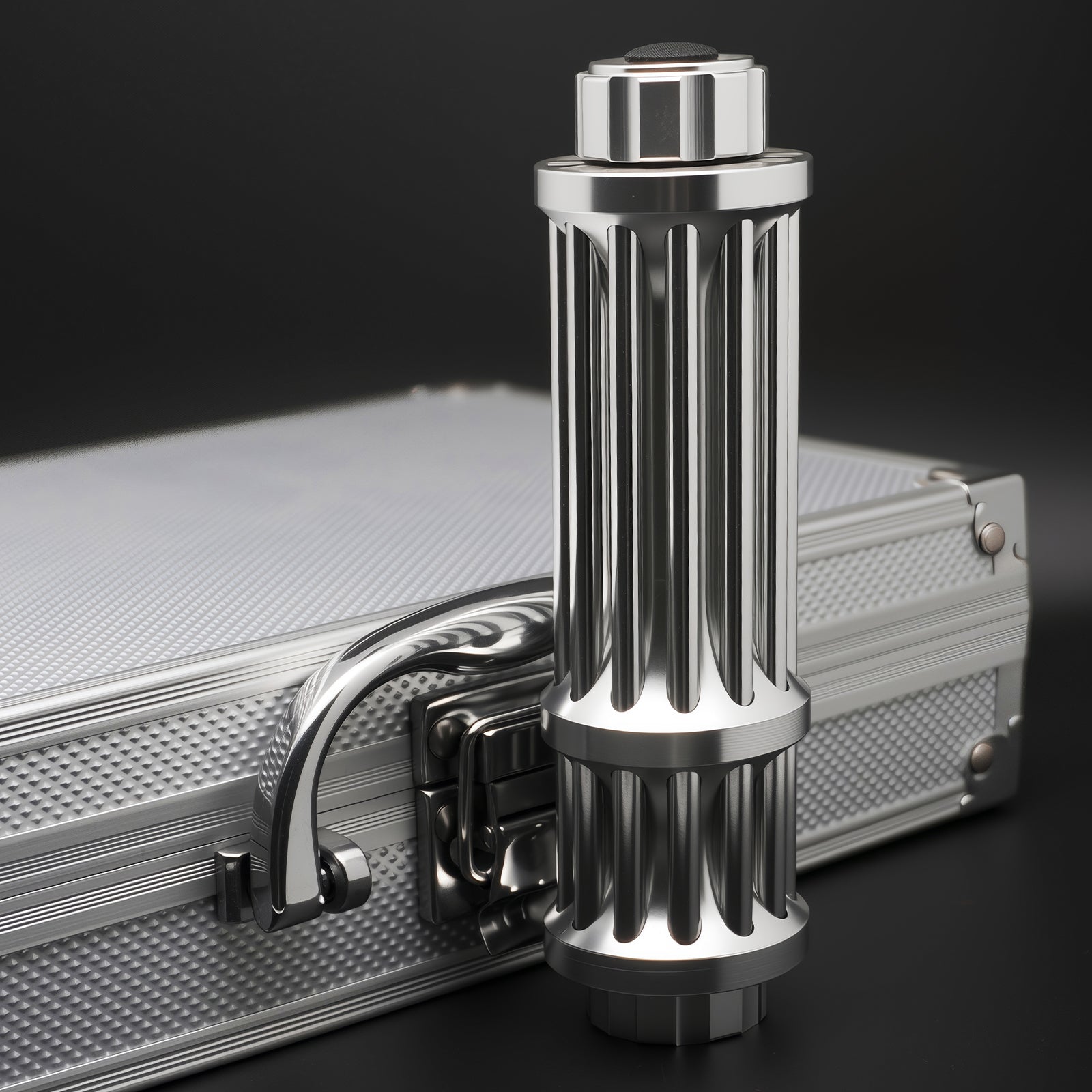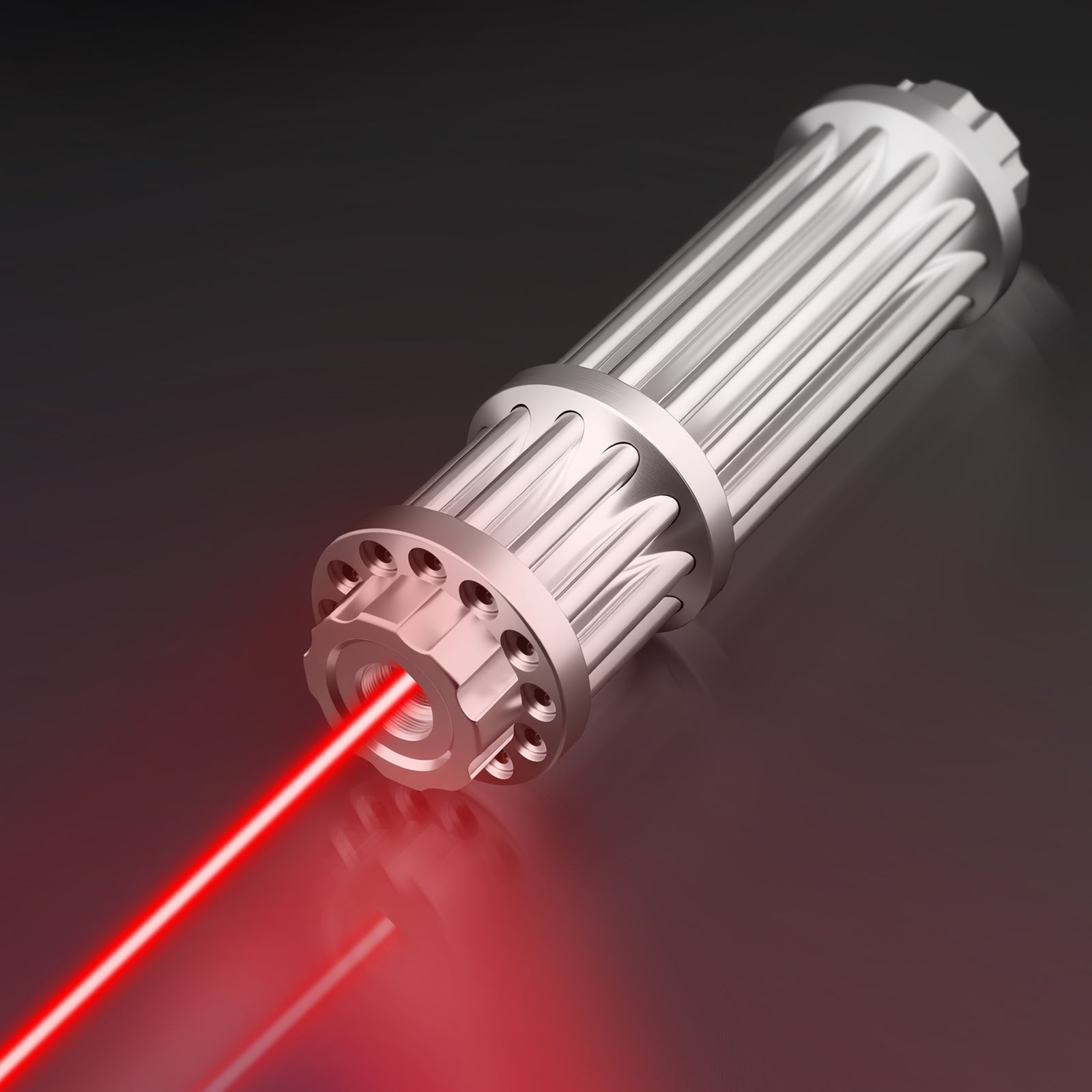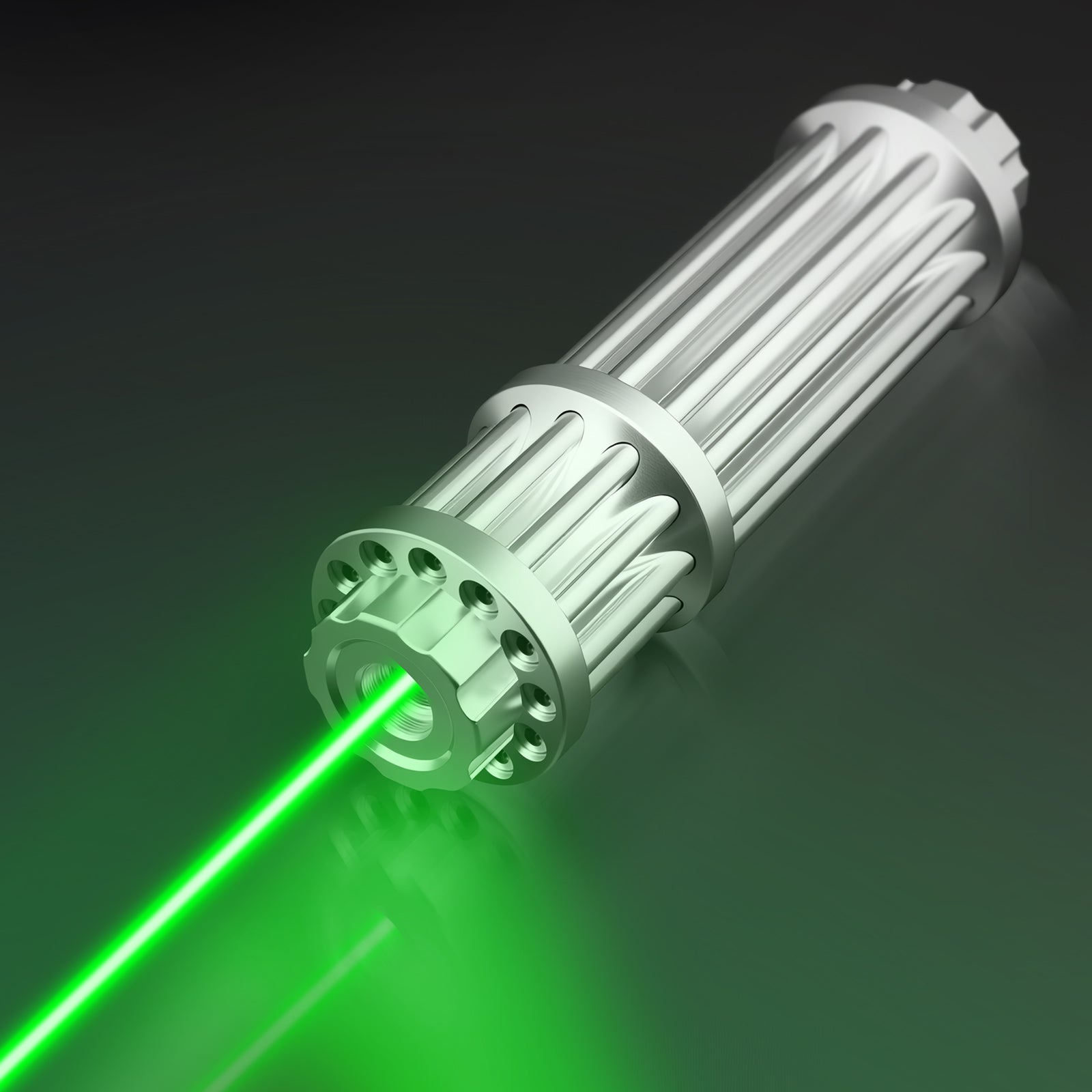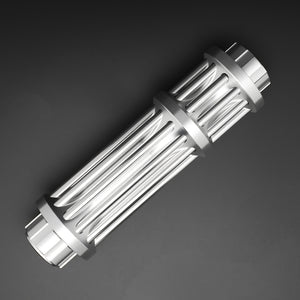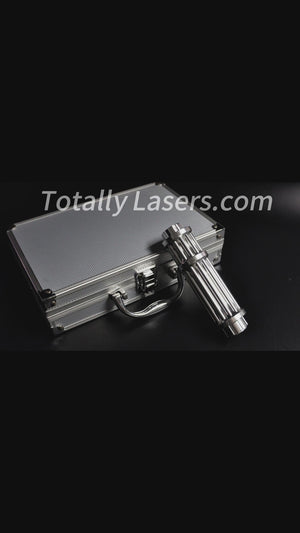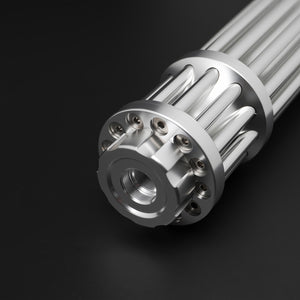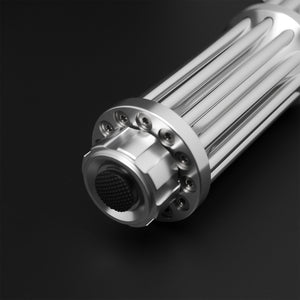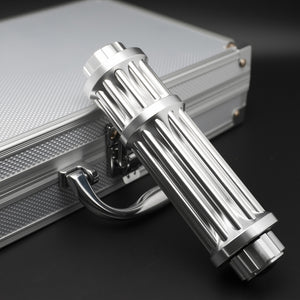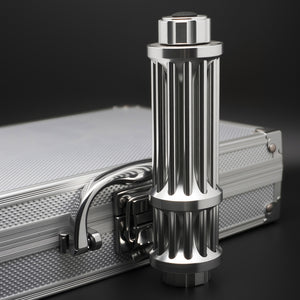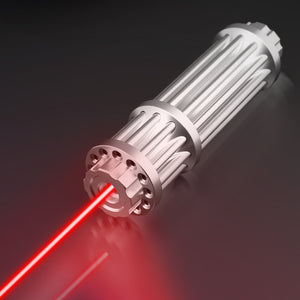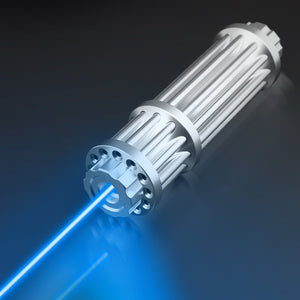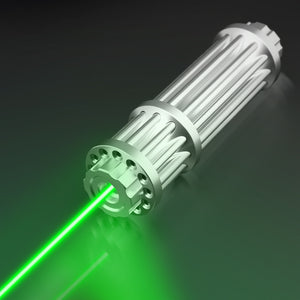CoreFusion
Tap to watch the product usage video
 FREE SHIPPING ON ALL ORDERS
FREE SHIPPING ON ALL ORDERS
 NO HIDDEN TAXES & DUTIES
NO HIDDEN TAXES & DUTIES
 FREE LASER SAFETY GOGGLES
FREE LASER SAFETY GOGGLES
 1-YEAR WARRANTY
1-YEAR WARRANTY
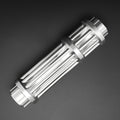
Description
Introduction
The portable and with richer applications laser pointer is a good guide for your traveling, and a good tool for pointing to the faraway target or stars and sending out the SOS signal. Adopting high quality aluminum alloy, this green laser pointer pen is durable in use. With lightweight and handy design, it is very convenient to put in bags or pockets. In addition, this green laser pointer pen is also the best gift for friends and families. Silver body makes the laser light in the night vivid and unique.
Features
- Made of high quality aluminum alloy material, durable for long time using
- The green laser can be seem as far as the eye can see
- Power saving, compact and reliable
- Lightweight and handy design, easy to carry
- Perfect for teachers, professors, doctors, engineers and so on
Specifications
- Model:CoreFusion
- Material:Aluminum Alloy
- Body Color :Silver
- Dimensions:(5.71 x 1.97) " / (14.5 x 4) cm (H x Dia.)
- Weight:8.11 oz / 230 g
- Output Power :50mW/100mW/200mW/1000mW/3000mW
- Wavelength :520nm/650nm/450nm
- Light Color :Blue/Red/Green
- Power Supply :2 x 16340 Batteries(not including)
- Switch Location :Tail Cap
How to Choose a Laser Wavelength (nm)
How to Choose a Laser Wavelength (nm)
Wavelength determines the beam color, how bright it looks to the eye, and what it’s best at. Use this guide to pick the right nm for your goal.
Most Visible to the Human Eye
- 520 nm (green): Peak eye sensitivity. Brightest-looking beams for a given power. Top choice for pointing, long visible beams, and outdoor visibility.
- 561 nm (yellow‑green): Vivid premium look. Slightly less bright than 520 nm at the same mW, but extremely eye‑catching for demos and signage.
Core Visible Colors for Everyday Use
- 638 nm / 650 nm (red): Classic presentation color. 638 nm appears a bit brighter and slightly more orange‑red than 650 nm. Comfortable indoors and budget‑friendly.
- 488 nm / 485 nm (cyan‑blue): Clean “lab” look. More legible than deep blue, highly photogenic for displays and product shots.
- 450 nm (royal blue): Popular high‑power choice with strong beam presence at higher outputs. Great for power and burning demos.
- 405 nm (violet): Near‑UV look that excites fluorescence in many inks and materials--ideal for special effects and close‑up experiments.
Special and Rare Colors
- 593 nm (amber): Warm amber “sodium” tone--uncommon and premium. Stands out for collectors and showpieces.
- 561 nm (yellow‑green): Listed above, but also a great “wow” color for premium builds.
Infrared / Near‑Infrared (dim or invisible to the eye)
- 808 nm (near‑IR): Barely visible deep‑red glow. Used for pumping, material work, and camera‑assisted alignment. Always wear IR‑rated goggles.
- 980 nm (near‑IR): Typically invisible to the eye but bright to many cameras. Common for sensors and IR illumination. Strict eye protection required.
Quick Picks by Goal
- Brightest visible beam for pointing: 520 nm. Consider 561 nm for a premium look.
- Beam presence + burning demos: 450 nm; go higher wattage for faster ignition.
- Unique visuals and fluorescence: 405 nm or 488/485 nm.
- Warm standout color: 593 nm (amber) or 561 nm (yellow‑green).
- Technical/IR use (not for visible pointing): 808 nm or 980 nm.
Why nm Affects Brightness
The human eye is most sensitive around 520--561 nm, so the same power looks brighter in green/yellow‑green. Reds (638/650 nm) and violets (405 nm) appear dimmer at the same mW even though the output power is real. For “wow” beams, pick wavelengths the eye sees well or increase power for dimmer colors.
How to Choose Laser Pointer Power (mW and W)
Laser Power Guide for Buyers mW & W explained
1) Power basics
Laser power is measured in milliwatts (mW) and watts (W). Higher power means a brighter beam and stronger burning potential. 1,000 mW = 1 W.
2) Quick picks by use case
- Indoor pointing and stargazing: 40--80 mW (green is most visible).
- Outdoor beam visibility and distance: 100--300 mW (green/blue).
- Light burning of dark, thin materials: 500--1,000 mW (0.5--1 W).
- Serious burning and fast ignition: 1.5--3 W (1,500--3,000 mW).
- Extreme power demos: 7.5--15 W (blue) -- for experienced users only.
3) Color choices and max outputs we offer
Green (520--532 nm)
Highest eye visibility for the same power. Ideal for pointing, shows, and long beams. Up to 3,000 mW.
Red (~650 nm)
Budget-friendly and comfortable indoors. Strong pointing performance. Up to 1,000 mW.
Violet/Purple (405 nm)
Unique look, fluorescence effects, close-up burning. Up to 3,000 mW.
Blue (445--455 nm)
Very bright and powerful, great for high-power models. Up to 7.5 W and 15 W.
4) Our common power options
40 mW, 50 mW, 80 mW, 100 mW, 200 mW, 250 mW, 500 mW, 1,000 mW (1 W), 2,000 mW (2 W), 3,000 mW (3 W), 7.5 W, and 15 W.
5) Beam visibility vs. burning
For the brightest beam to the eye, choose green--it looks brighter than red at the same mW. For burning, blue and violet typically couple energy better into dark materials, and higher wattage increases speed dramatically.
6) Battery, cooling, and duty cycle
Higher power needs high‑drain batteries and proper heat management. Follow duty cycles (e.g., 30--60 s on, then rest) to protect the diode. Larger hosts and better cooling sustain peak power longer.
7) Safety essentials
High‑power lasers can cause instant eye injury and skin burns. Always use wavelength‑rated laser safety goggles, avoid reflective surfaces, and never aim at people, animals, vehicles, or aircraft. Check your local laws before purchase and use.
Safety Warning — Read Before Using Any Laser
Laser Safety Warning
Lasers can cause permanent injury and property damage if misused. Always treat a laser as a potentially hazardous tool.
Key hazards
- Eye injury: Direct or reflected beams can cause instant and irreversible retinal damage. High‑power and IR lasers can injure before you feel pain.
- Skin burns: Mid‑ to high‑power beams can burn skin quickly.
- Fire risk: Focused beams can ignite flammable materials, packaging, dust, and fabrics.
- Reflections: Mirrors, glass, polished metals, glossy tiles, and even water can reflect dangerous beams.
- Invisible wavelengths: Near‑IR (808/980 nm) may look dim or invisible yet remain highly hazardous.
- Distraction/legal risk: Aiming at aircraft, vehicles, or public areas is illegal and dangerous.
Protection and safe operation
- Wear proper goggles: Use eyewear rated for the exact wavelength and optical density (e.g., OD 4+ at 450 nm; OD 4+ at 808/980 nm). Verify certification.
- Control the beam path: Use matte, non‑reflective surroundings and a fire‑resistant beam stop/backstop.
- Limit access: Keep bystanders, children, and pets out; post “Laser in Use” signage if applicable.
- Avoid reflective targets: Never aim at mirrors, windows, polished tools, jewelry, or shiny finishes.
- Manage power and focus: Use the lowest effective power; defocus for alignment; never look into the beam or aperture.
- Duty cycle and cooling: Follow on/off limits to prevent overheating; use high‑drain batteries only.
- Battery and storage: Use lockouts or remove batteries for transport; store capped and out of reach.
- Outdoors: Never aim near aircraft, vehicles, roads, or neighboring properties.
- Cameras/sensors: IR and high‑power beams can damage camera sensors and optics.
Regulatory and responsibility
- Know your local laws: Power limits and public use rules vary by region; some activities may require permits.
- User responsibility: Misuse can lead to injury, fire, property damage, fines, or criminal charges.
Emergency guidance
- Eye exposure: Seek urgent evaluation by an ophthalmologist—even without pain.
- Burns or fires: Cool minor burns with clean running water; reassess your setup before resuming.
Always wear wavelength‑rated goggles, control reflections, and never aim at people, animals, vehicles, or aircraft.
No Power Inflation. Guaranteed.
We do not fake or inflate power ratings. Each unit is built to spec and verified before shipping.
What this means for you
- Honest specs: Stated power reflects sustained output, not “theoretical” or “peak-only” numbers.
- Real measurements: Verified on calibrated equipment under documented conditions.
- Consistent performance: Correct ratings mean predictable results and longer diode life.
How some sellers mislead
- Listing “peak” or “theoretical” watts instead of sustained output.
- Measuring at over‑current settings that cannot be maintained.
- Quoting diode datasheet maxima as the device’s real output.
Our commitment
- We publish realistic ranges and state the conditions (battery, temperature, duty cycle).
- We welcome independent meter tests.
- If your unit doesn’t meet spec, we’ll make it right.
Buy the result, not the number.
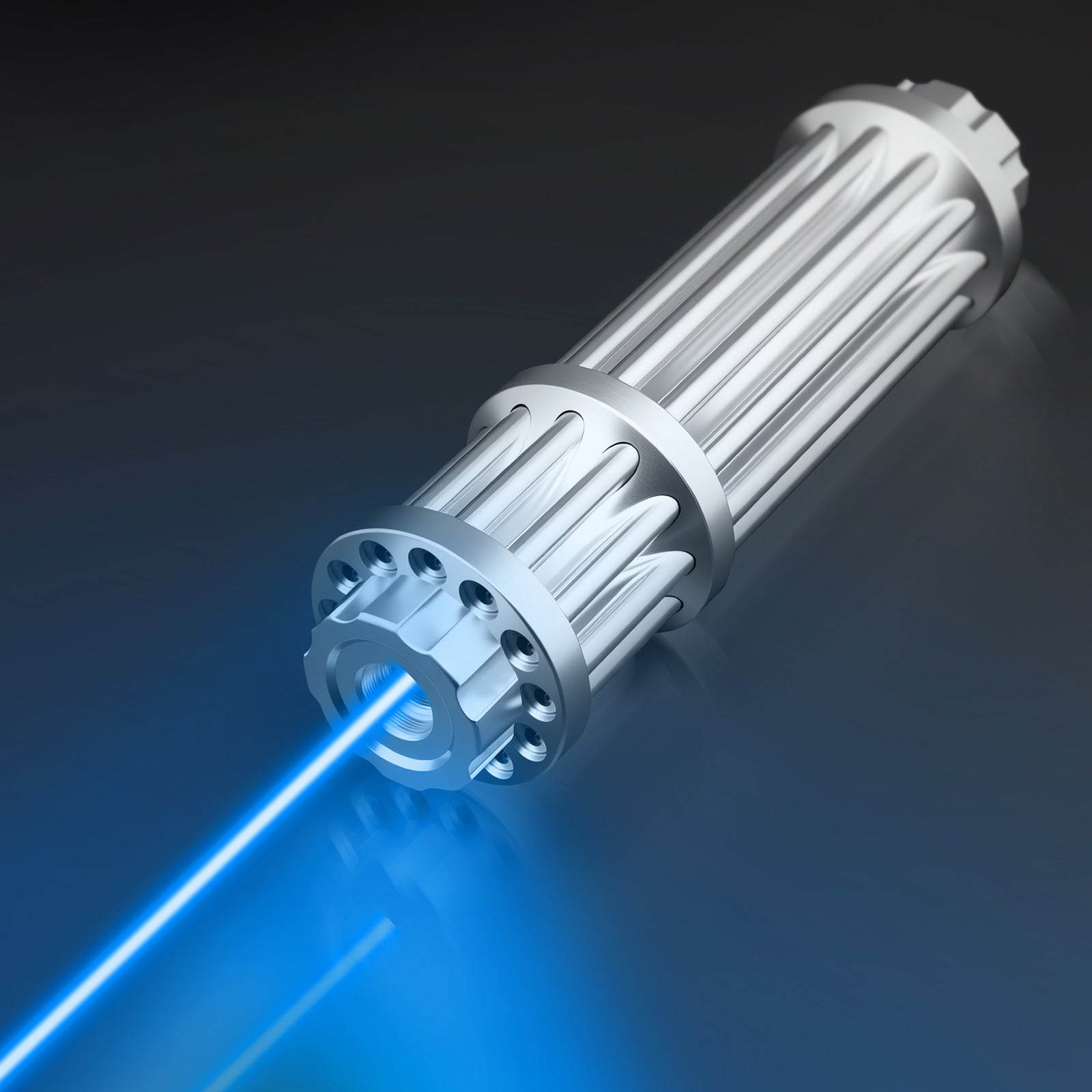
CoreFusion
FREE SHIPPING
Free shipping on all US orders or orders above $100
SUPPORT 24/7
Contact us 24 hours a day, 7 days a week
30 DAYS RETURN
Simply return it within 30 days for an exchange.
100% PAYMENT SECURE
We ensure secure payment with PEV

